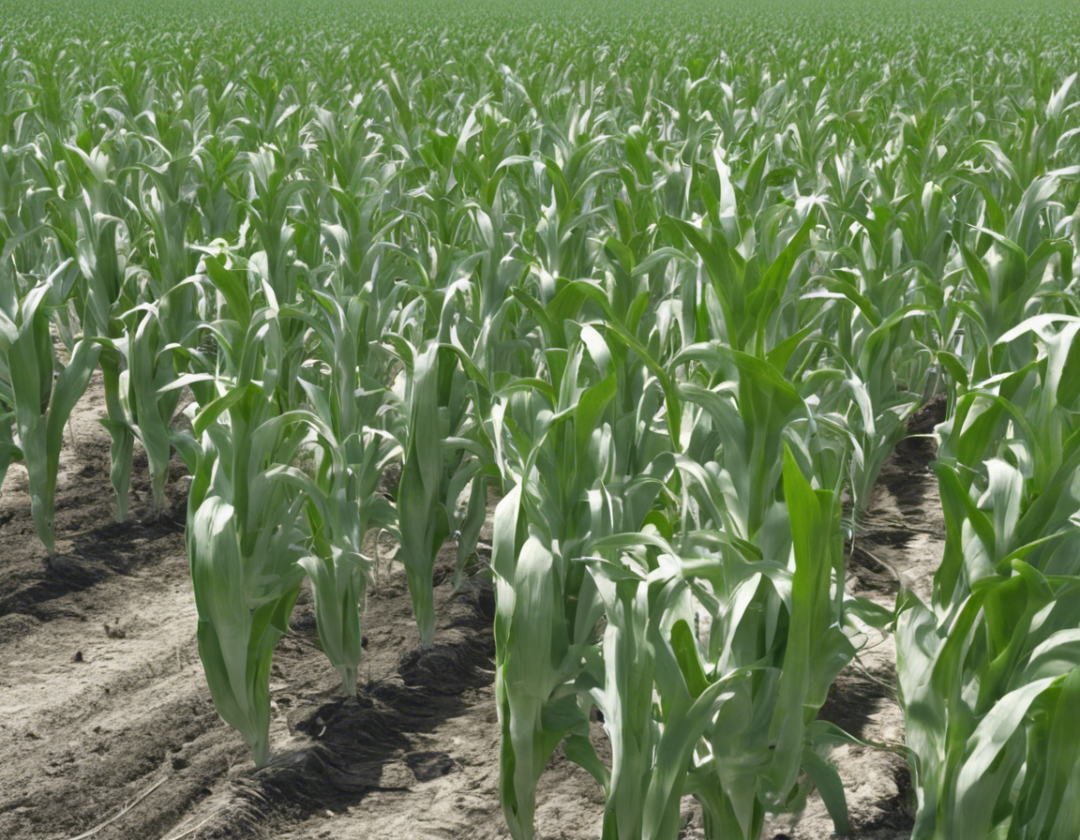Exploring the Best Crops in Ontario: A Farmer’s Guide

Ontario, Canada, is a diverse and vibrant province known for its rich agricultural sector. With fertile soil, a favorable climate, and ample access to water, Ontario is a top destination for farmers looking to grow a variety of crops. In this comprehensive guide, we will explore some of the best crops that Ontario has to offer, considering factors such as profitability, market demand, and suitability to the local climate and soil conditions.
Understanding Ontario’s Agricultural Landscape
Before diving into the specific crops, it’s essential to understand the agricultural landscape of Ontario. The province is known for its diverse farming operations, including cash crops, fruits and vegetables, livestock production, and more. Ontario’s agricultural sector contributes significantly to the province’s economy, with a wide range of products being grown and sold both domestically and internationally.
Cash Crops
1. Corn
Corn is one of the most important cash crops grown in Ontario. It is used for various purposes, including livestock feed, human consumption, and industrial applications such as ethanol production. Ontario’s fertile soil and favorable climate make it an ideal location for growing corn, with yields being among the highest in the country.
- Varieties: There are several varieties of corn grown in Ontario, including field corn, sweet corn, and popcorn.
- Planting Season: Corn is typically planted in late spring and harvested in the fall.
- Market Demand: The demand for corn is strong, both domestically and internationally, making it a profitable crop for farmers.
2. Soybeans
Soybeans are another popular cash crop in Ontario, with the province being one of the leading soybean producers in Canada. Soybeans are primarily used for livestock feed, food products, and industrial purposes. Ontario’s climate and soil conditions are well-suited for growing soybeans, with high yields being common.
- Growing Conditions: Soybeans require well-drained soil and ample sunlight to thrive.
- Planting and Harvesting: Soybeans are typically planted in late spring and harvested in the fall.
- Market Trends: The demand for soybeans continues to grow, driven by the increasing popularity of plant-based products and biofuels.
Fruits and Vegetables
1. Apples
Apples are a staple fruit crop in Ontario, with the province being home to numerous apple orchards. Ontario apples are known for their quality and flavor, making them popular both domestically and internationally. The province’s apple-growing regions, such as the Niagara Peninsula and Georgian Bay, offer ideal growing conditions for this fruit.
- Varieties: Ontario grows a wide variety of apple cultivars, including McIntosh, Gala, Honeycrisp, and more.
- Growing Practices: Many apple orchards in Ontario follow sustainable and organic growing practices to produce high-quality fruit.
- Market Opportunities: There is a strong demand for Ontario apples in both the fresh market and for processing into products such as applesauce and cider.
2. Peppers
Peppers are a popular vegetable crop in Ontario, with both sweet and hot varieties being grown in the province. Ontario’s warm summers and fertile soil create optimal growing conditions for peppers, resulting in high yields and quality produce.
- Varieties: Ontario farmers grow a range of pepper varieties, including bell peppers, jalapenos, habaneros, and more.
- Growing Tips: Peppers thrive in well-drained soil and benefit from consistent irrigation and fertilization.
- Market Demand: Peppers are in high demand for fresh consumption, processing, and culinary uses, making them a profitable crop for Ontario farmers.
Other Crops
1. Hemp
Hemp production has been on the rise in Ontario, thanks to the legalization of industrial hemp cultivation. Hemp is a versatile crop used for fiber, food products, CBD production, and more. Ontario’s agricultural sector has been quick to adopt hemp cultivation, given its economic potential and environmental benefits.
- Regulations: Farmers growing hemp in Ontario must comply with licensing and regulatory requirements set by Health Canada.
- Uses: Hemp can be used to produce a wide range of products, including textiles, paper, food items, and wellness products.
- Market Outlook: The demand for hemp products is growing, fueled by increasing consumer interest in sustainable and eco-friendly alternatives.
2. Pumpkins
Pumpkins are not only a favorite fall decoration but also a profitable crop for Ontario farmers. Pumpkins are grown for the fresh market, as well as for processing into products such as pies, soups, and canned goods. Ontario’s pumpkin patches draw visitors from near and far during the fall harvest season.
- Harvest Season: Pumpkins are typically harvested in the fall, just in time for Halloween and Thanksgiving.
- Marketing Strategies: Many Ontario farmers sell pumpkins directly to consumers through on-farm markets and pick-your-own operations.
- Value-Added Products: In addition to selling fresh pumpkins, farmers can explore value-added opportunities such as creating pumpkin-based products or offering agritourism experiences.
Frequently Asked Questions (FAQs)
1. What are the best crops to grow in Ontario for beginners?
- Beginners in Ontario may consider starting with crops like corn, soybeans, and pumpkins, which are relatively easy to grow and have established markets.
2. When is the best time to plant crops in Ontario?
- The best time to plant crops in Ontario varies depending on the crop type, but generally falls in the spring months. Consult local agricultural resources for specific planting dates.
3. What are some sustainable farming practices for Ontario farmers?
- Ontario farmers can adopt sustainable practices such as crop rotation, cover cropping, integrated pest management (IPM), and conservation tillage to protect the environment and improve long-term soil health.
4. How can farmers access market opportunities for their crops in Ontario?
- Farmers in Ontario can explore avenues such as direct marketing, farmers’ markets, online sales, farm-to-table partnerships, and supply chain collaborations to access diverse market opportunities for their crops.
5. What are some common challenges faced by Ontario farmers in crop production?
- Climate variability, pest and disease pressure, market fluctuations, and regulatory compliance are some common challenges faced by Ontario farmers in crop production. Adopting resilient farming practices and staying informed can help mitigate these challenges.
In conclusion, Ontario offers a wealth of opportunities for farmers looking to grow a variety of crops, from staple cash crops like corn and soybeans to specialty fruits and vegetables like apples and peppers. By understanding the local agricultural landscape, choosing crops based on market demand and suitability, and adopting sustainable farming practices, Ontario farmers can thrive and contribute to the province’s thriving agricultural sector. Whether you’re a beginner looking to start a farm or an experienced farmer seeking to diversify your crop portfolio, Ontario’s agricultural abundance has something to offer for everyone.








